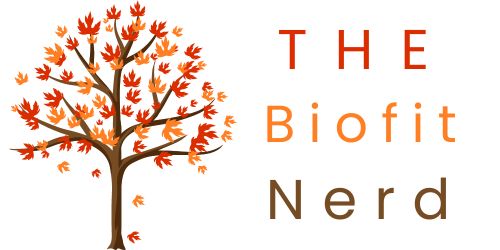Welcome to the wild world of hormone mapping, where we journey deep into the human body to explore the hidden highways and byways of our chemical messengers. It’s like being a cartographer, but instead of mapping mountains and rivers, we’re charting the ebbs and flows of hormones as they surge and recede through our veins. So hold on tight, strap on your lab coat, and let’s explore the terrain of the body’s inner workings!
The human body is a complex, interconnected system of organs, tissues, and cells. At the heart of this intricate network are the hormones – the body’s chemical messengers. These tiny molecules play a crucial role in regulating our bodily functions, from growth and metabolism to mood and reproduction. In recent years, the study of hormones has given rise to a fascinating new field: hormone mapping. In this blog, we’ll take a closer look at what hormone mapping is, why it matters, and what insights it can provide.
What is Hormone Mapping?
Hormone mapping is the process of tracking the levels and activity of hormones in the body over time. This can involve collecting blood, saliva, or other bodily fluids, and measuring the concentrations of various hormones. By doing so, scientists can create a map of the body’s hormone levels, charting the rise and fall of different hormones throughout the day, week, or month.
Why is Hormone Mapping Important?
Hormone mapping has a wide range of applications, from medicine to sports performance. In the medical field, hormone mapping can help diagnose and treat conditions such as diabetes, thyroid disorders, and hormonal imbalances. For athletes, hormone mapping can provide insights into the effects of training and recovery on hormone levels, helping them optimize their performance. Hormone mapping can also shed light on the hormonal changes that occur during pregnancy, menopause, and other life stages, giving us a better understanding of these complex processes.
What Insights Can Hormone Mapping Provide?
Hormone mapping can provide a wealth of insights into the inner workings of the body. For example, it can reveal the hormonal changes that occur during the menstrual cycle, showing us when estrogen and progesterone levels peak and decline. It can also uncover the effects of stress on the body, showing us how cortisol levels rise and fall in response to different stressors. Hormone mapping can even provide insights into our sleep patterns, as the levels of the sleep-inducing hormone melatonin rise and fall throughout the night.
Conclusion: Hormone mapping is a powerful tool for understanding the body’s chemical messengers and their effects on our health and well-being. By creating maps of hormone levels, we can gain insights into a wide range of bodily functions, from reproduction and metabolism to sleep and stress. As this field continues to evolve, it has the potential to revolutionize our understanding of the human body, opening up new avenues for diagnosis, treatment, and performance optimization.



